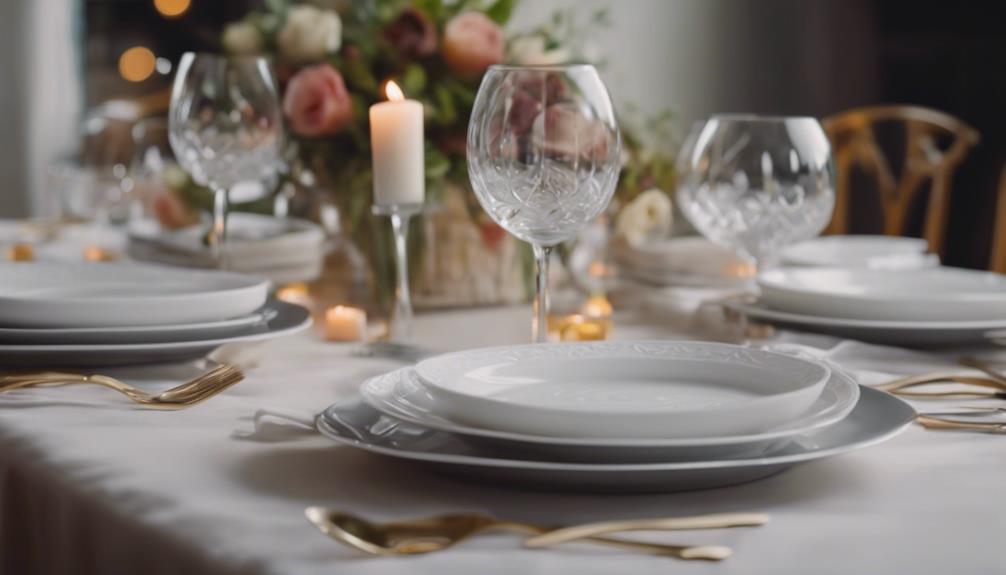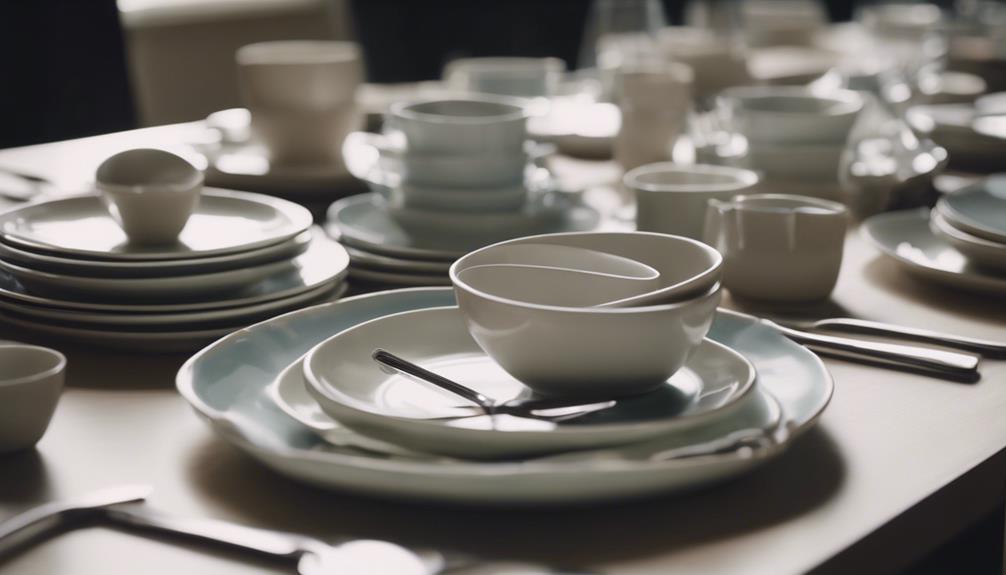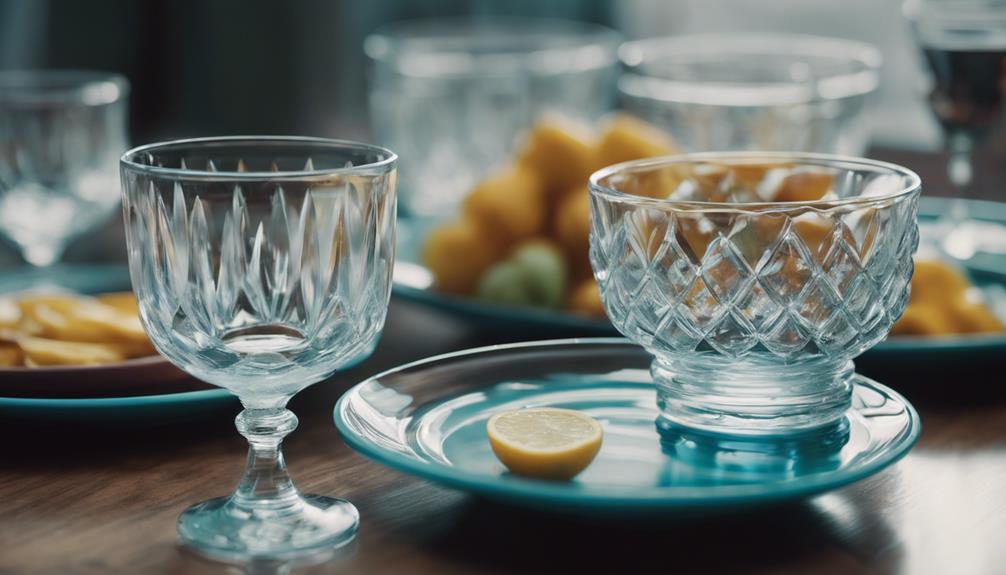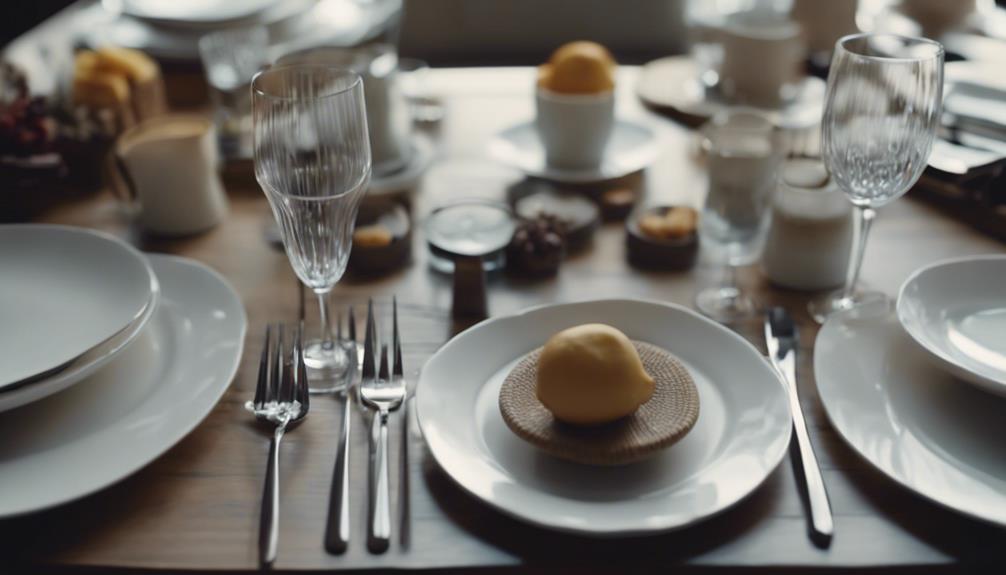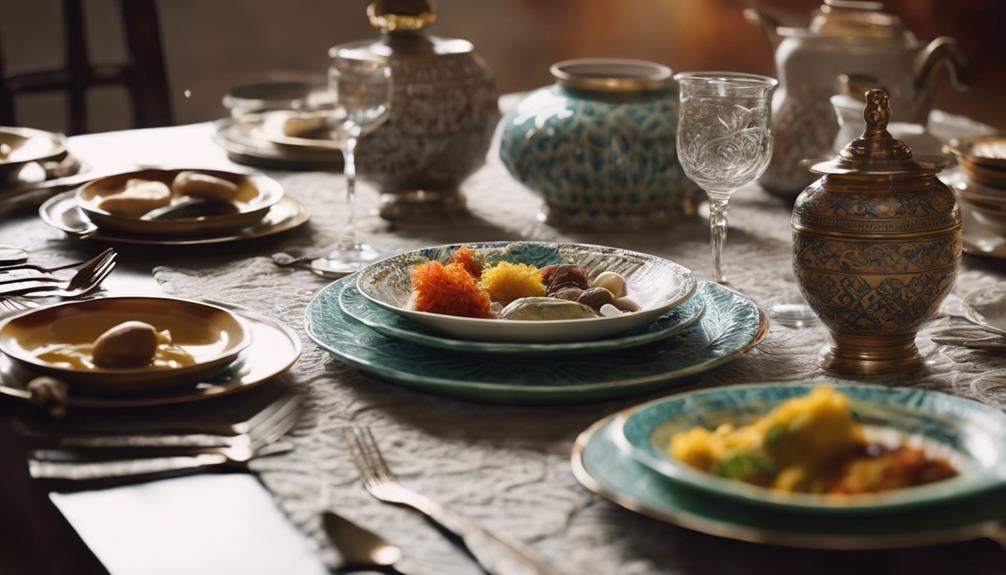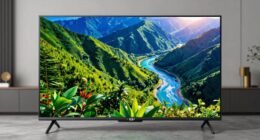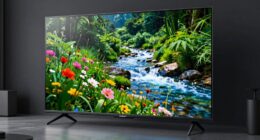Preset tableware requirements help to promote cleanliness and prevent contamination in dining settings. This includes promptly removing unused settings when customers are seated, properly cleaning, and following specific regulations outlined in the Code of Virginia. Adhering to these guidelines helps to maintain a hygienic dining environment, upholds food safety standards, and contributes to a safe and enjoyable dining experience. By following these protocols, you ensure consumer safety and satisfaction. For more information on these important regulations, additional insights can be found in the provided information.
Key Takeaways
- Table settings protected from contamination methods.
- Prompt removal of unused settings when consumers are seated.
- Cleaning and sanitization procedures required for settings.
- Statutory authority in specific sections of the Code of Virginia.
- Historical amendments ensure efficacy and consumer safety.
Overview of Preset Tableware Regulations
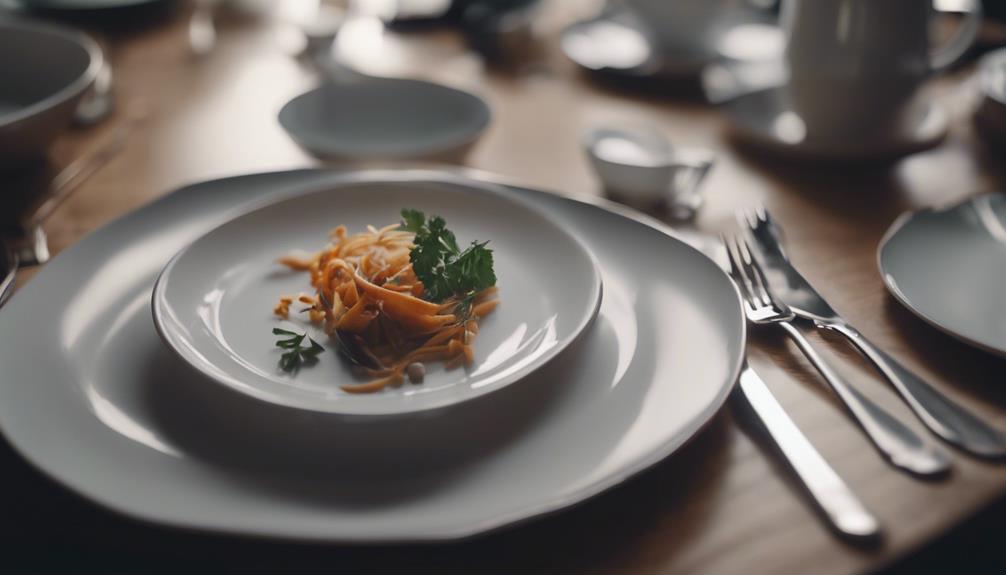
When discussing the regulations for preset tableware, make sure that the table settings are protected from contamination through methods like wrapping, covering, or inverting. Exceptions may exist for exposing tableware, but it's essential that any unused settings be promptly removed when a consumer is seated.
If settings aren't removed at that time, they must undergo proper cleaning and sanitization procedures. The statutory authority for these regulations can be found in specific sections of the Code of Virginia, indicating the legal importance of adhering to these guidelines.
Over time, there have been historical amendments and updates to ensure the efficacy of the preset tableware regulations in Virginia. It's vital for establishments to diligently follow these regulations to maintain a safe and hygienic dining environment for their patrons.
Importance of Tableware Cleanliness
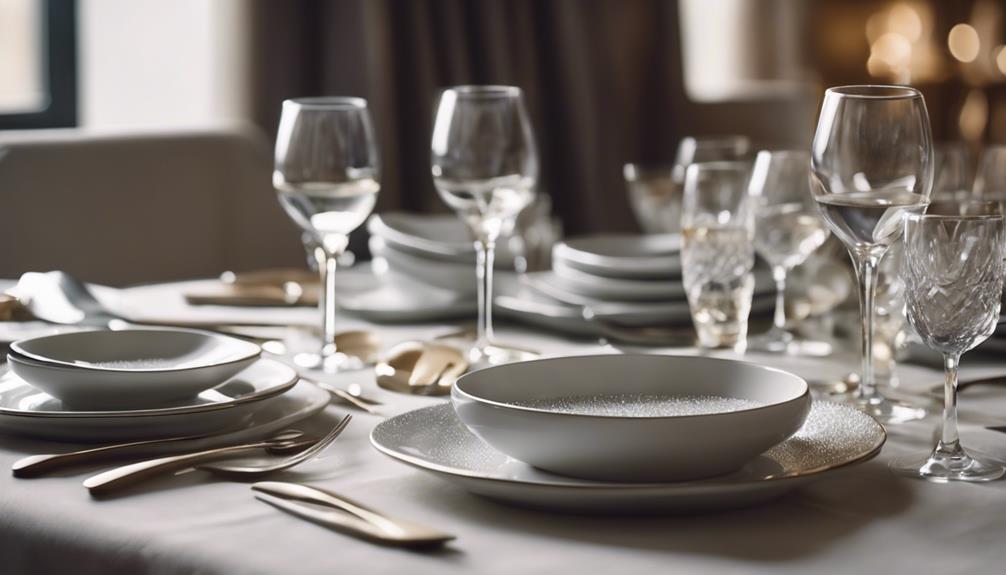
To maintain a hygienic dining environment, ensuring the cleanliness of tableware is vital in upholding food safety standards. When consumers sit down to enjoy a meal, they trust that the tableware provided is clean and free from contaminants.
Unused table settings should be promptly removed to prevent any potential sources of contamination. It's essential to clean and sanitize table settings that aren't removed when a consumer is seated to uphold cleanliness standards.
By following regulations regarding preset tableware, food establishments aim to guarantee a sanitary dining experience for consumers. Compliance with preset tableware requirements plays an important role in guaranteeing consumer safety and satisfaction.
Therefore, maintaining the cleanliness of tableware isn't only a matter of hygiene but also a fundamental aspect of providing a safe and enjoyable dining experience for consumers.
Guidelines for Tableware Storage
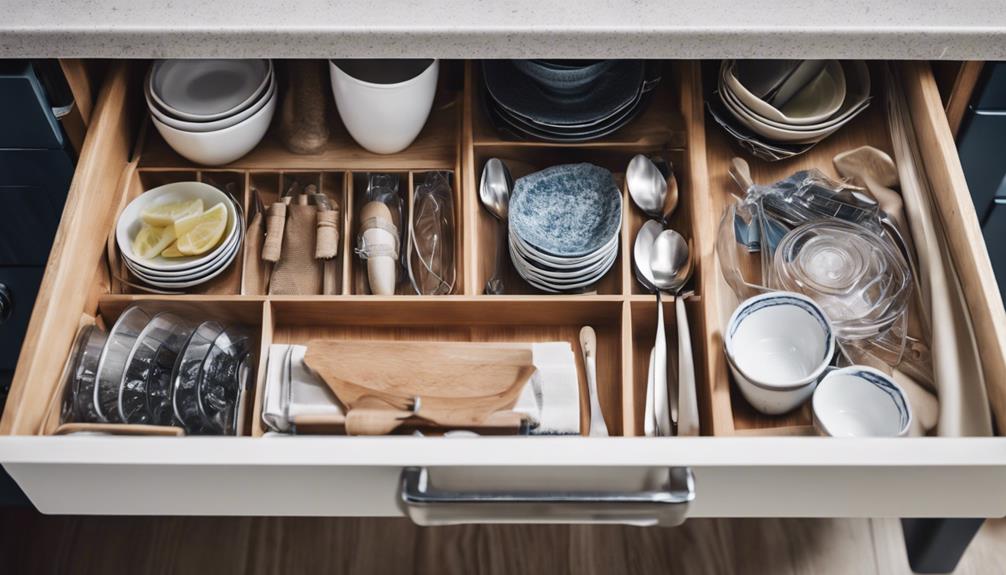
Proper storage of tableware is essential to maintain cleanliness and prevent contamination in food service establishments.
Table settings that aren't used and left on tables should be promptly removed when a customer is seated to avoid any potential contamination. However, if these settings aren't removed, they must be thoroughly cleaned and sanitized to guarantee they're safe for the next customer's use.
Guidelines for tableware storage are in place to uphold sanitary conditions and prevent the spread of harmful pathogens. Adhering to these storage requirements is vital in ensuring that customers receive table settings that aren't only clean but also safe for use.
Handling Practices for Table Settings
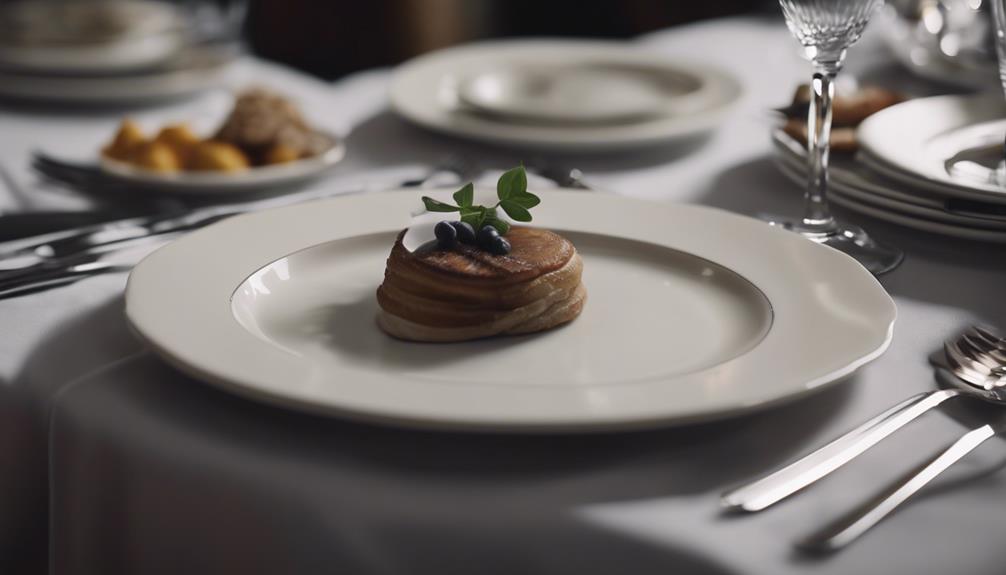
To properly handle table settings, make sure that tableware presets are adequately protected from contamination by being wrapped, covered, or inverted. This is essential to maintain hygiene standards in food establishments.
When a consumer is seated, any unused settings should be promptly removed to prevent contamination. If settings aren't removed at this point, they must be thoroughly cleaned and sanitized to guarantee they're safe for the next use.
These handling practices are outlined in 12VAC5-421-2040 under the Virginia Department of Health regulations. By adhering to these guidelines, you contribute to the overall cleanliness and safety of the dining environment.
Sanitation Requirements for Tableware
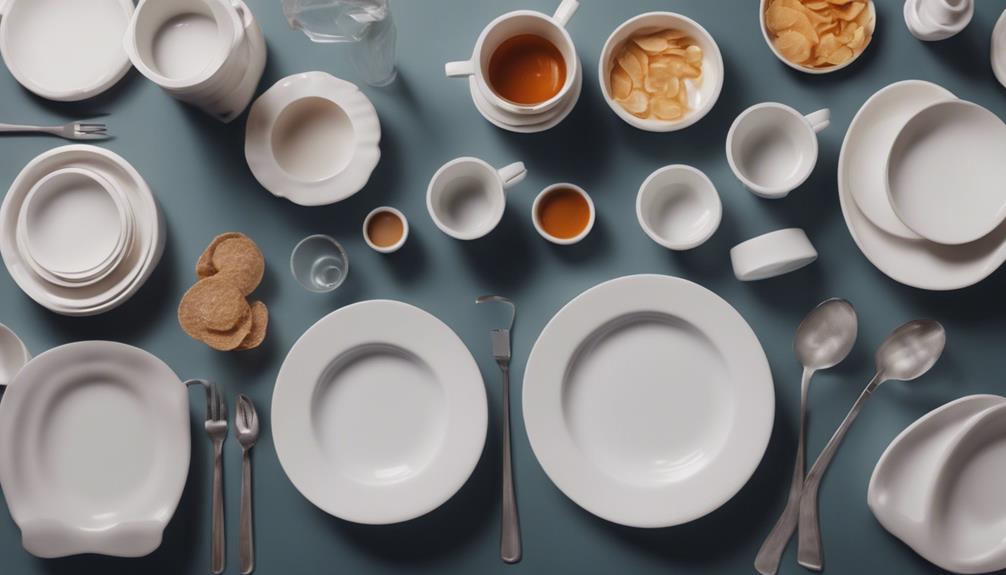
When a consumer is seated, guarantee immediate removal of any unused table settings to prevent contamination, as specified in regulations like 410 IAC 7-24-252. This step is essential to ensure the safety and well-being of diners.
Tableware preset must be protected from contamination using methods such as wrapping, covering, or inverting. Exceptions exist for exposing tableware if specific conditions are met. If settings aren't removed when a consumer is seated, they must be promptly cleaned and sanitized to maintain hygiene standards.
These sanitation requirements are in place to uphold the protection of preset tableware and prioritize the health of customers. By adhering to these guidelines, establishments demonstrate their commitment to providing a clean and safe dining experience for all patrons.
Frequently Asked Questions
What Is One Way to Preset Utensils in Servsafe?
When setting utensils in ServSafe, one way to safeguard them from contamination is by wrapping, covering, or inverting them. This step guarantees that the utensils remain clean and safe for use.
Remember to remove any unused settings when a customer is seated to maintain hygiene standards. If settings aren't removed promptly, they should be cleaned and sanitized to prevent any potential contamination risks.
What Are the Rules of Re-Serving Food?
When it comes to re-serving food, it's important to avoid doing so to prevent contamination and foodborne illnesses. Once food has been plated and served, it shouldn't be re-plated and served again.
Leftover food that hasn't been served can be stored properly and reheated for future use. Following food safety guidelines is key in handling and serving food to keep health risks at bay.
What Are the Requirements for Sneeze Guards Quizlet?
When setting up sneeze guards, make sure they're tall enough to form a protective barrier between patrons and food.
Easy cleaning is essential for maintaining hygiene standards.
Proper installation ensures effectiveness in preventing contamination.
Regular checks are important to meet health and safety standards.
What Is the Correct Way to Handle Glasses and Utensils in Quizlet?
When handling glasses and utensils, always remember to keep your hands clean to prevent contamination. Store utensils in a clean, dry place when not in use, and keep glasses upside down to avoid dust buildup.
Before using them, inspect both glasses and utensils for cleanliness. Be mindful not to touch the areas that come into contact with food or drink. Following these practices guarantees hygienic handling of tableware.
Conclusion
To summarize, keeping your tableware clean and properly stored is crucial for maintaining a safe and sanitary dining environment.
Just like a well-oiled machine, a well-set table ensures smooth and efficient meal service.
By following preset tableware requirements, you can guarantee a pleasant dining experience for both yourself and your guests.
So remember, a tidy table leads to a happy belly!
